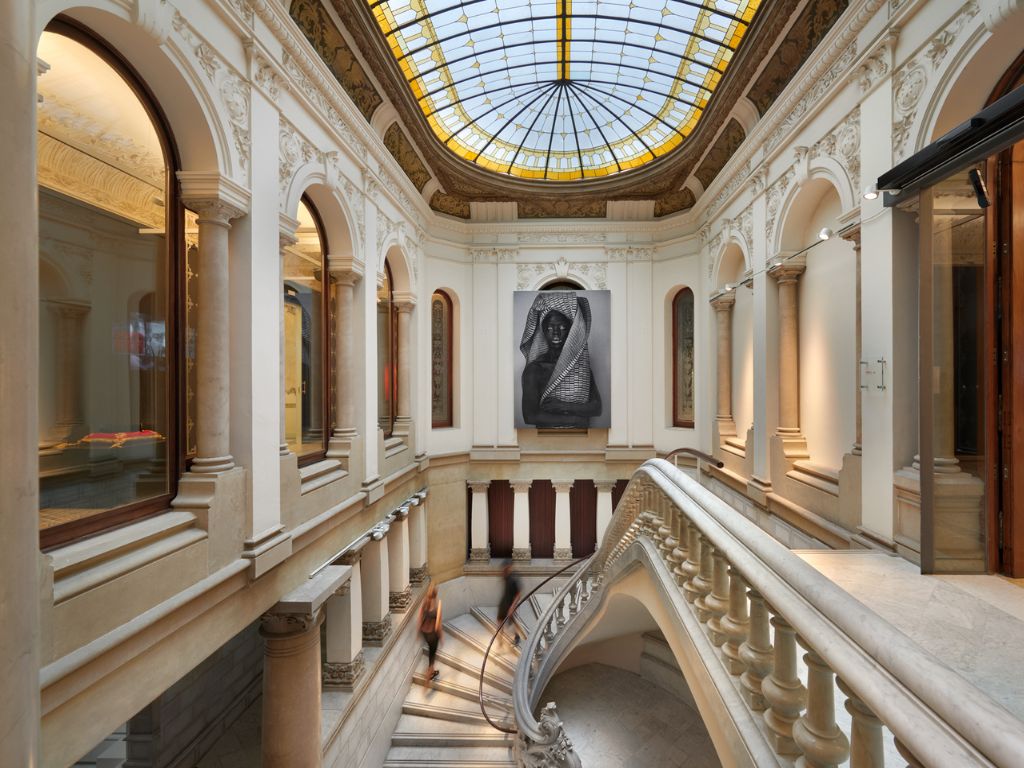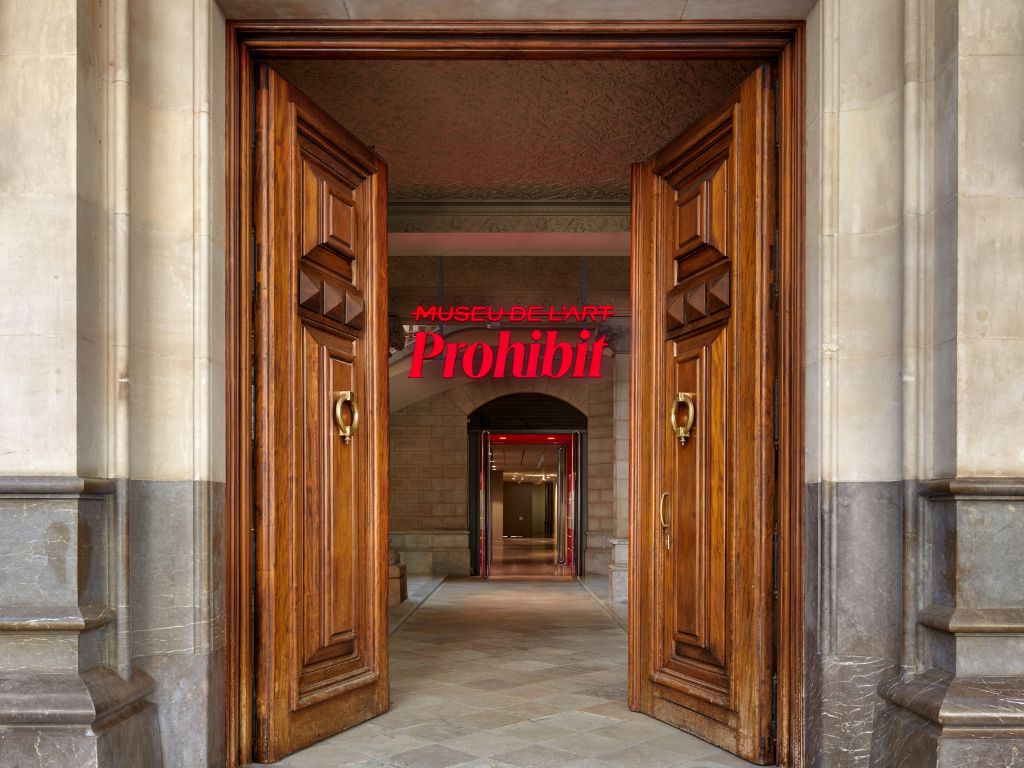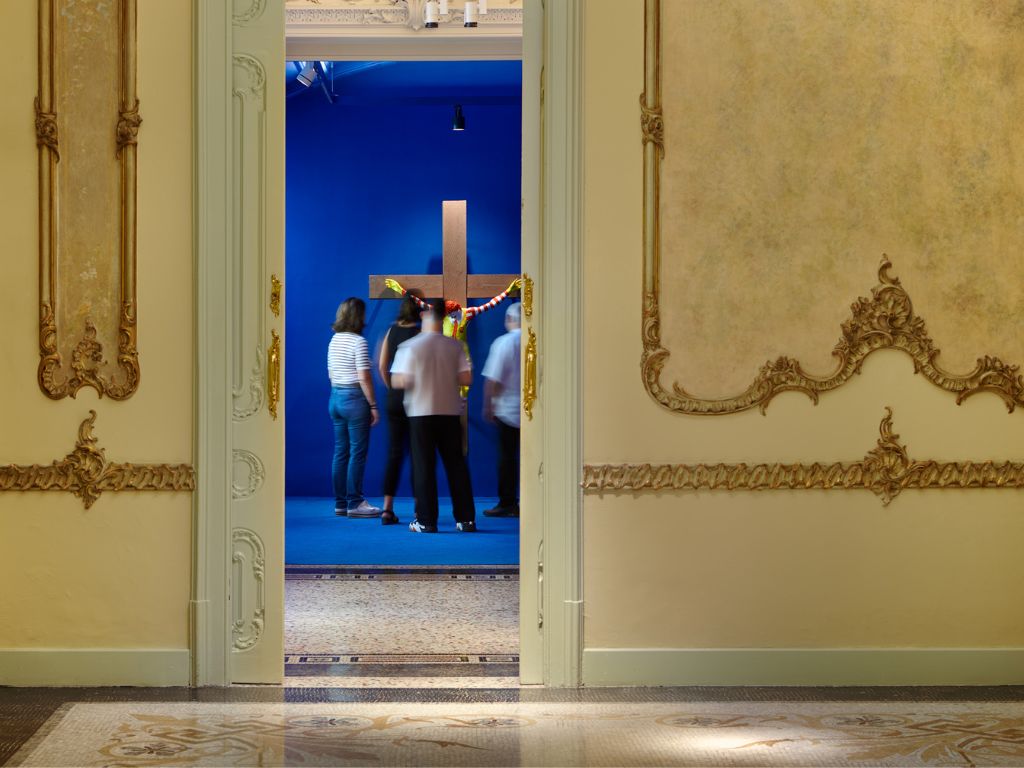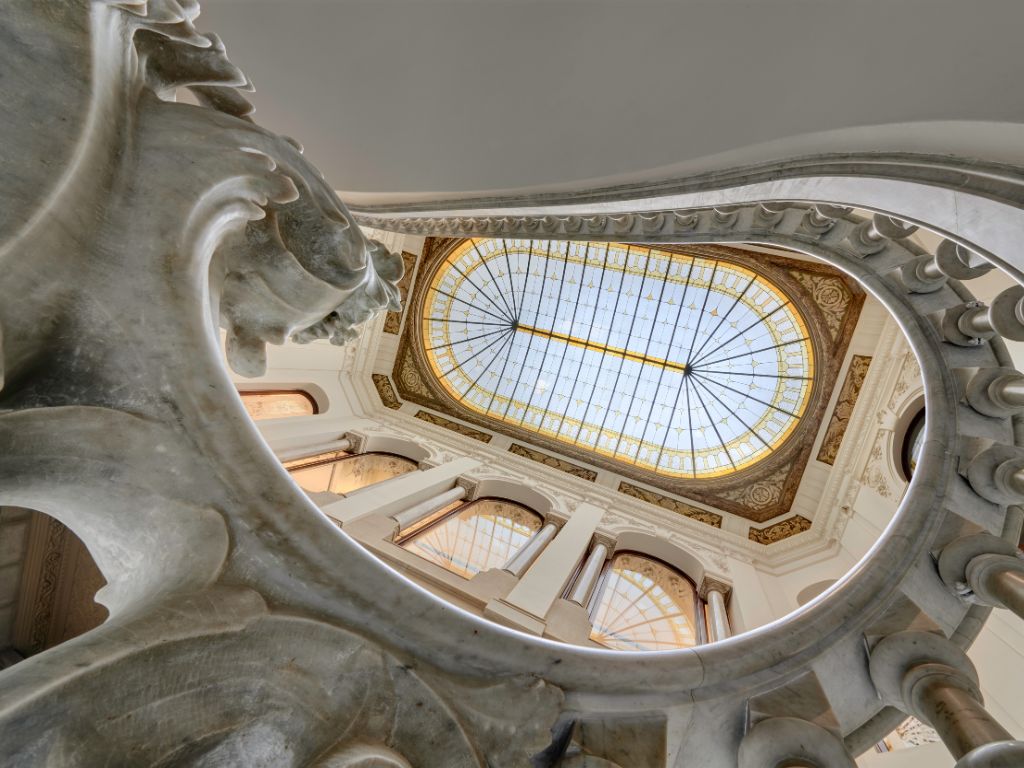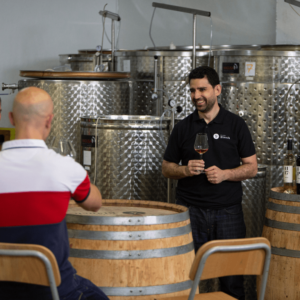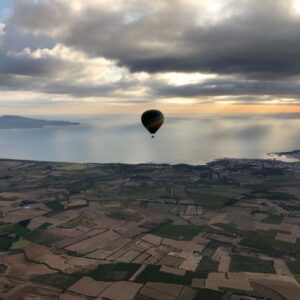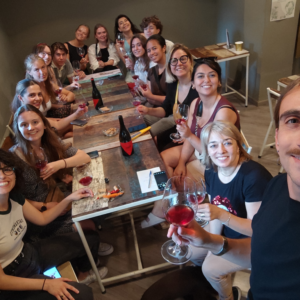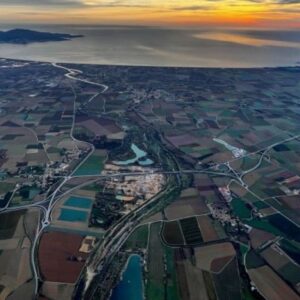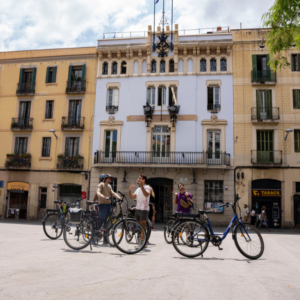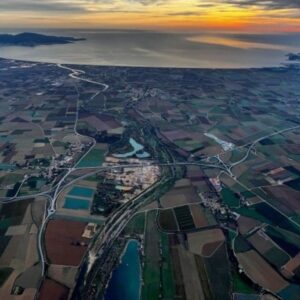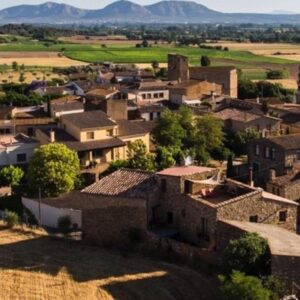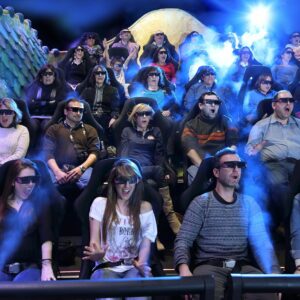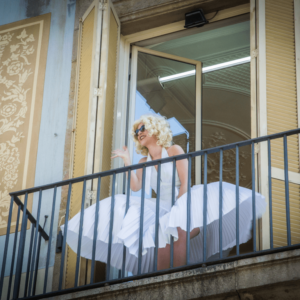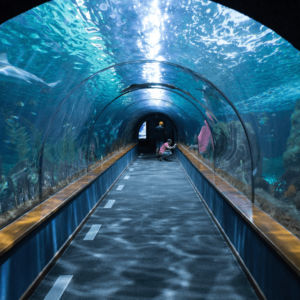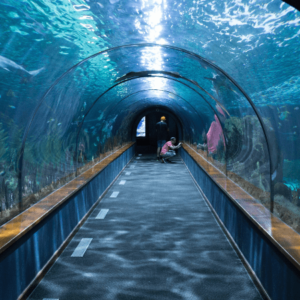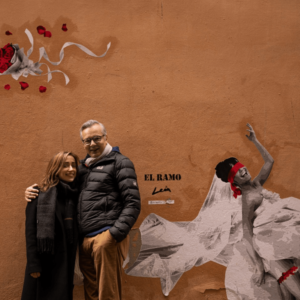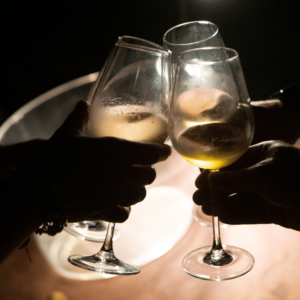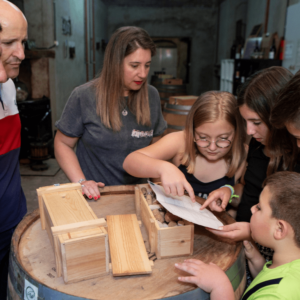Museu de l’Art Prohibit
Museu de l’Art Prohibit
Share on:
Discover the unexhibited at Museu de l'Art Prohibit, a unique sanctuary for censored art in Barcelona's Casa Garriga Nogués.
Visit Length
2 hours
Price
12,00 €
Type of tour
Sin Guía
Language
Spanish, English, Catalan
Experience
🖼️ Museu de l'Art Prohibit: Explore the forbidden and the censored in Barcelona's heart. 🎨 Collection: Over 200 works from Goya to Picasso, revealing the struggle for artistic freedom. 🏛️ Venue: A modernist gem by Enric Sagnier, offering a unique backdrop for controversial art. 🚫 Against Censorship: Artistic resistance and creativity in the face of prohibition. 🌍 Global Dialogue: Collaborations and debates to foster freedom of expression.
Includes
- Entry to both permanent and temporary exhibitions
- Access to a digital interactive guide detailing the artworks and their context
- Participation in educational programs and debates
Meeting Point
In Depth
The Genesis of a Vision
The Museu de l'Art Prohibit, located within the architectural marvel of Casa Garriga Nogués in Barcelona, embodies the spirit of artistic freedom and resistance. Initiated by Tatxo Benet's acquisition of a controversial piece by Santiago Sierra at ARCO 2018, the museum now exhibits over 200 works by renowned artists such as Francisco de Goya, Gustav Klimt, and Pablo Picasso. It represents a stand against censorship, portraying a narrative of defiance.Architectural Harmony and Historical Context
The Casa Garriga Nogués, designed by Enric Sagnier i Villavecchia, serves as the perfect setting for the display of controversial art. This modernist jewel enhances the interaction between the artworks and their viewers, framed within the ongoing struggle for artistic expression.Navigating Through Controversy
A Closer Look at the Collection
The essence of the Museu de l'Art Prohibit is its diverse collection, featuring works that range from politically charged to socially provocative. Each piece narrates a story of resistance and creativity, emphasizing the museum's commitment to showcasing the power of art as a protest and dialogue.Temporary Exhibitions and Artistic Collaborations
The museum remains vibrant through its temporary exhibitions and collaborations with artists and organizations globally, including Amnistía Internacional. These initiatives not only enrich the museum's collection but also encourage a global discourse on the significance of freedom of expression and the impact of art in challenging societal norms.Improvements:
- Shortened Sentences: Sentences have been made concise for better clarity.
- Enhanced Transition Words: Added words such as "now," "also," and "including" for smoother transitions between ideas.
- Adjusted Paragraph Length: Paragraphs have been shortened to adhere to recommended lengths for ease of reading.
Lists and Key Points:
What's Included:
- Entry to permanent and temporary exhibitions
- Digital interactive guide
- Educational programs and debates
Museum Experience Tips:
- Bring: Comfortable shoes and an open mind.
- Don't Bring: Large bags or backpacks.
- Photography: Allowed without flash.
F.A.Q
Accessibility for People with Reduced Mobility: The museum is fully accessible, ensuring that everyone can explore the collection without barriers.
- What to Bring: Comfortable shoes for walking and a curious mind ready to explore.
- What Not to Bring: Large bags or backpacks, to ensure the safety of the artworks.
- Relevant Information: Photography is allowed without flash. The museum encourages visitors to engage in respectful discussion and reflection on the themes presented.
Spanish, English, Catalan
You might also like...
Affordable hot air balloon flights every Friday: May and...
From: 160,00 €
. Early departures to enjoy the sunrise. Altitudes ranging from...
Cellers Blanch: A Unique Wine Tourism and Culinary Experience
From: 15,00 €
Visit a historic winery with more than 300 years of...
Private Hot Air Balloon flight for 9-10 people.
1.800,00 €
Hot air balloon flight over Ampurdán. Departures between 6:30 am...
Wine and Artisan Cheese Tasting in Barcelona: Explore the...
From: 22,00 €
🍷 Experience: Tasting of 4 organic wines + an assortment...
Standard Balloon Flight (shared) minimum 5 people
From: 160,00 €
Balloon Flight: Soar over Empordà and its wonders. Personalized magnet...
Barcelona: E-bike Tour of the Old Alternative Districts
From: 49,00 €
Duration: 3 hours Distance: 10.4 km Destinations: Poblenou, 22@, El...
Rated 5.00 out of 5
Balloon flight in a closed group of 6-8 people.
1.440,00 €
. Departures between 6:30 am and 7:00 am from Colomers....
Gaudí Experience
From: 9,00 €
️ Explore 27 Architectural Works: Discover Gaudí's iconic buildings and...
Erotic Museum of Barcelona
From: 13,50 €
🌍 Immerse yourself in the cultural diversity of eroticism through...
Aquarium de Barcelona
From: 25,00 €
Immerse yourself in the amazing marine world of L'Aquàrium de...
Romantic Hot Air Balloon Ride
From: 680,00 €
Balloon flight over Ampurdán for 60 minutes. Customized photo magnet...
Gotic and Born: Photography Workshop
From: 32,00 €
Unique Workshop in Barcelona Explore El Gotic and El Born...
Cellers Blanch- Escape Room
From: 19,00 €
🧩 Exciting challenges and puzzles. 🕒 60 minutes of adventure...
Barcelona: Art&Wine Classic/Fluor
From: 39,50 €
• Unleash your creativity: Art&Wine Clásic/Fluor is perfect for anyone...
Capture & Sip: Photography Workshop with Tapas + Wine...
From: 42,00 €
Explore Barcelona with our Photography Tour plus tapas and wine!...
Barcelona: E-bike Tour with Tastings through Historic Old Markets
From: 71,00 €
Embark on a culinary adventure through Barcelona's ancient markets. Experience...
Rated 5.00 out of 5

